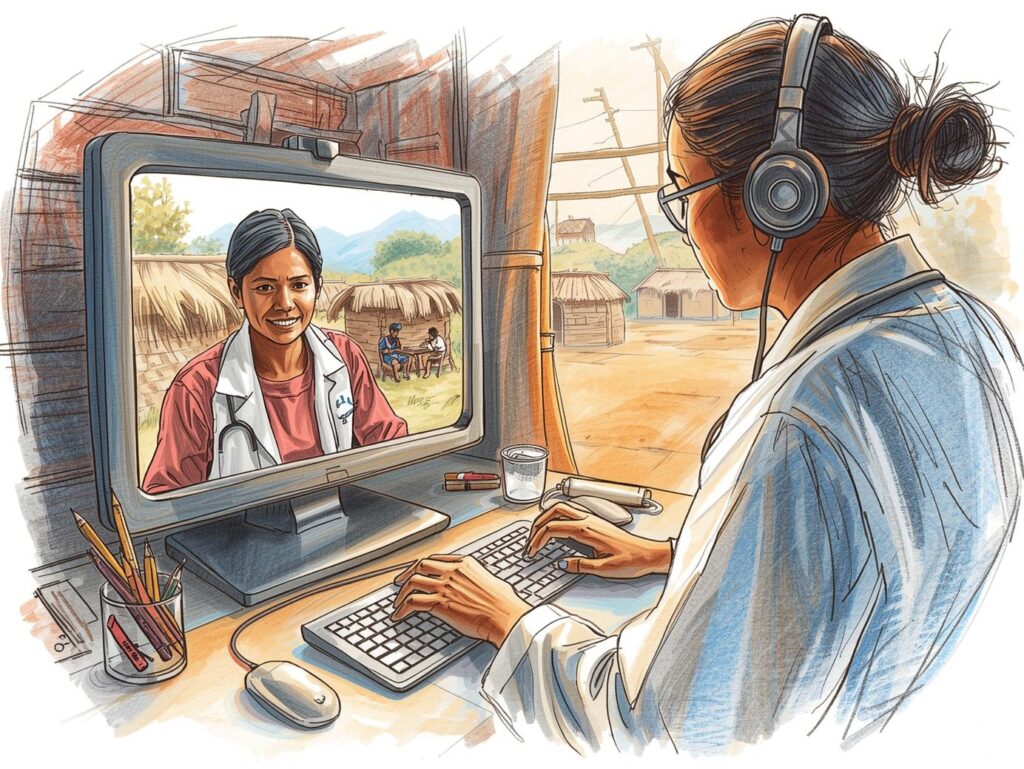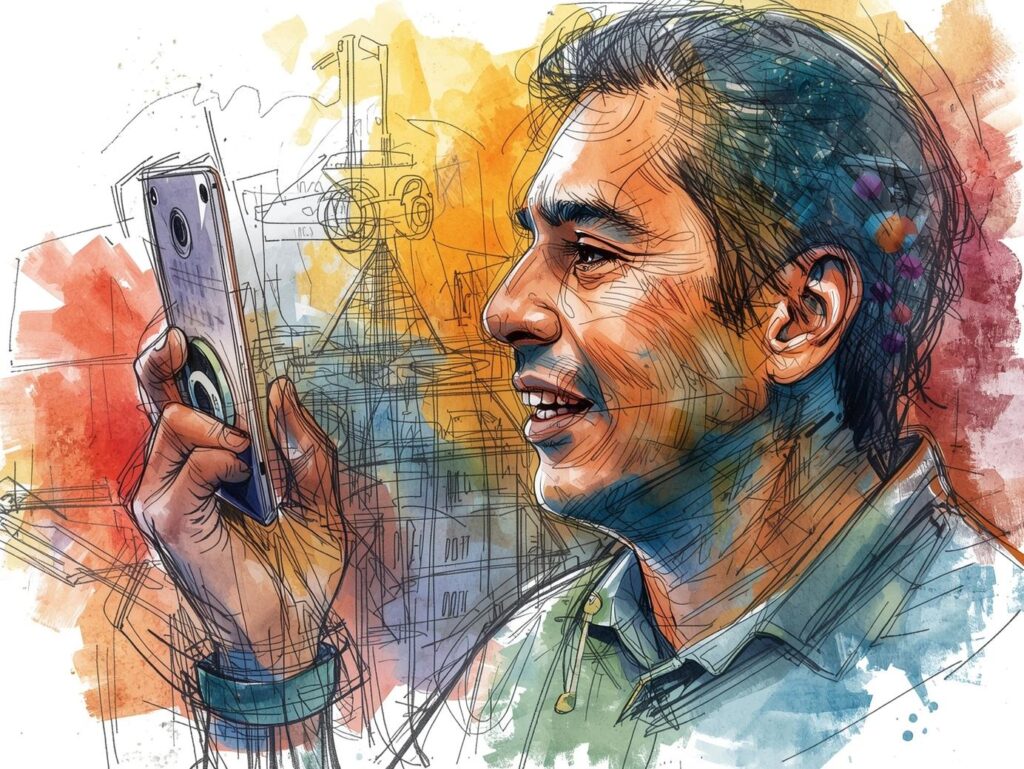Introduction
Access to quality healthcare is a fundamental human right. Yet, in many rural and marginalized communities around the world—particularly in countries like Peru—geographic isolation, poverty, and lack of infrastructure limit the delivery of essential medical services. Patients often must travel long distances to reach the nearest health center, sometimes waiting days or weeks for specialized care.
In this context, telemedicine has emerged as a powerful solution to close healthcare gaps. By leveraging digital technologies and telecommunications, telemedicine enables remote diagnosis, treatment, and monitoring, bringing medical services closer to those who need them most. For organizations like CHUYA SONCCO, telemedicine is not just about technology—it is about equity, inclusion, and the right to health.

Opportunities of Telemedicine in Rural Settings
1. Overcoming Geographic Barriers
- Telemedicine reduces the need for patients in remote Andean or Amazonian communities to travel long hours—or even days—for medical care.
- Mobile clinics connected via satellite can link patients to urban hospitals for real-time consultations.
2. Expanding Access to Specialists
- Rural health centers often lack specialists such as cardiologists, pediatricians, or neurologists.
- Telemedicine allows these professionals to provide remote consultations, improving diagnosis and treatment.
- Programs like telediagnosis of radiographs and ultrasounds already save lives in underserved regions.
3. Preventive and Continuous Care
- Chronic disease management (e.g., diabetes, hypertension) becomes more effective with digital monitoring tools.
- AI-powered telemedicine systems can identify early signs of disease and recommend timely interventions.
- Patients gain greater control over their health through mobile apps and wearable devices.
4. Crisis and Emergency Response
- During the COVID-19 pandemic, telemedicine proved vital in keeping healthcare systems operational.
- Remote consultations prevented unnecessary travel and minimized infection risks.
- Telemedicine can also be deployed rapidly during natural disasters, when access to health facilities is disrupted.
Challenges and Barriers
1. Connectivity and Infrastructure
- Many rural areas in Peru still lack reliable internet or electricity.
- Without investment in digital infrastructure, telemedicine cannot reach its full potential.
2. Digital Literacy and Training
- Both patients and healthcare professionals need training to effectively use telemedicine tools.
- Limited knowledge of digital platforms can discourage adoption.
3. Cultural and Linguistic Barriers
- Indigenous populations often face language barriers and may distrust digital health systems.
- Telemedicine solutions must respect cultural diversity and local health practices.
4. Legal and Ethical Frameworks
- Confidentiality of patient data is critical.
- Many countries still lack clear regulations on digital health and telemedicine practices.
- Ethical considerations, such as informed consent, must always be prioritized.
Lessons from Peru
Peru has made significant strides in telemedicine over the last two decades:
- The National Telehealth Plan has connected hospitals and health centers across the country.
- Telemedicine programs in regions like Cusco, Ayacucho, and Loreto have demonstrated that remote consultations can drastically reduce wait times and improve treatment outcomes.
- However, progress remains uneven: many communities in the Andes and Amazon still lack consistent access due to poor connectivity.
The Peruvian experience shows that political will, investment in infrastructure, and collaboration between government, NGOs, and local communities are key for success.
Lessons from Other Countries
Brazil
- Brazil’s Telehealth Network integrates public hospitals with rural clinics, providing millions of consultations annually.
- Emphasis on training rural doctors has been central to adoption.
India
- India has deployed telemedicine kiosks in villages, enabling access to urban specialists.
- Mobile apps support maternal and child health monitoring in remote areas.
The United States
- Telemedicine has expanded in rural states, supported by insurance coverage and policy frameworks.
- The pandemic accelerated adoption, making virtual care part of the mainstream system.
These cases demonstrate that telemedicine succeeds when infrastructure, policies, and cultural adaptation are aligned.
The Role of CHUYA SONCCO
CHUYA SONCCO envisions telemedicine as a pillar of its Health and Digital Innovation Strategy:
- Partnerships with universities, hospitals, and tech companies to expand telehealth access.
- Pilot projects in rural Andean and Amazonian communities, providing teleconsultations in local languages.
- Capacity building for health professionals in digital medicine and ethical data management.
- Advocacy for inclusive policies ensuring that telemedicine becomes a right, not a privilege.
By combining technology with a human-centered approach, CHUYA SONCCO seeks to transform telemedicine into a tool for equity, resilience, and sustainable health systems.

Conclusion
Telemedicine has the power to redefine healthcare delivery in rural and marginalized communities. From Peru to India, from Brazil to the United States, the lesson is clear: telemedicine works when there is infrastructure, trust, and cultural sensitivity.
For CHUYA SONCCO, the challenge is to ensure that telemedicine in Peru is not just an imported model but a locally adapted, inclusive, and sustainable solution. By integrating digital health into community life, we can move closer to a future where every Peruvian—regardless of geography—has access to quality, timely, and human-centered healthcare.





